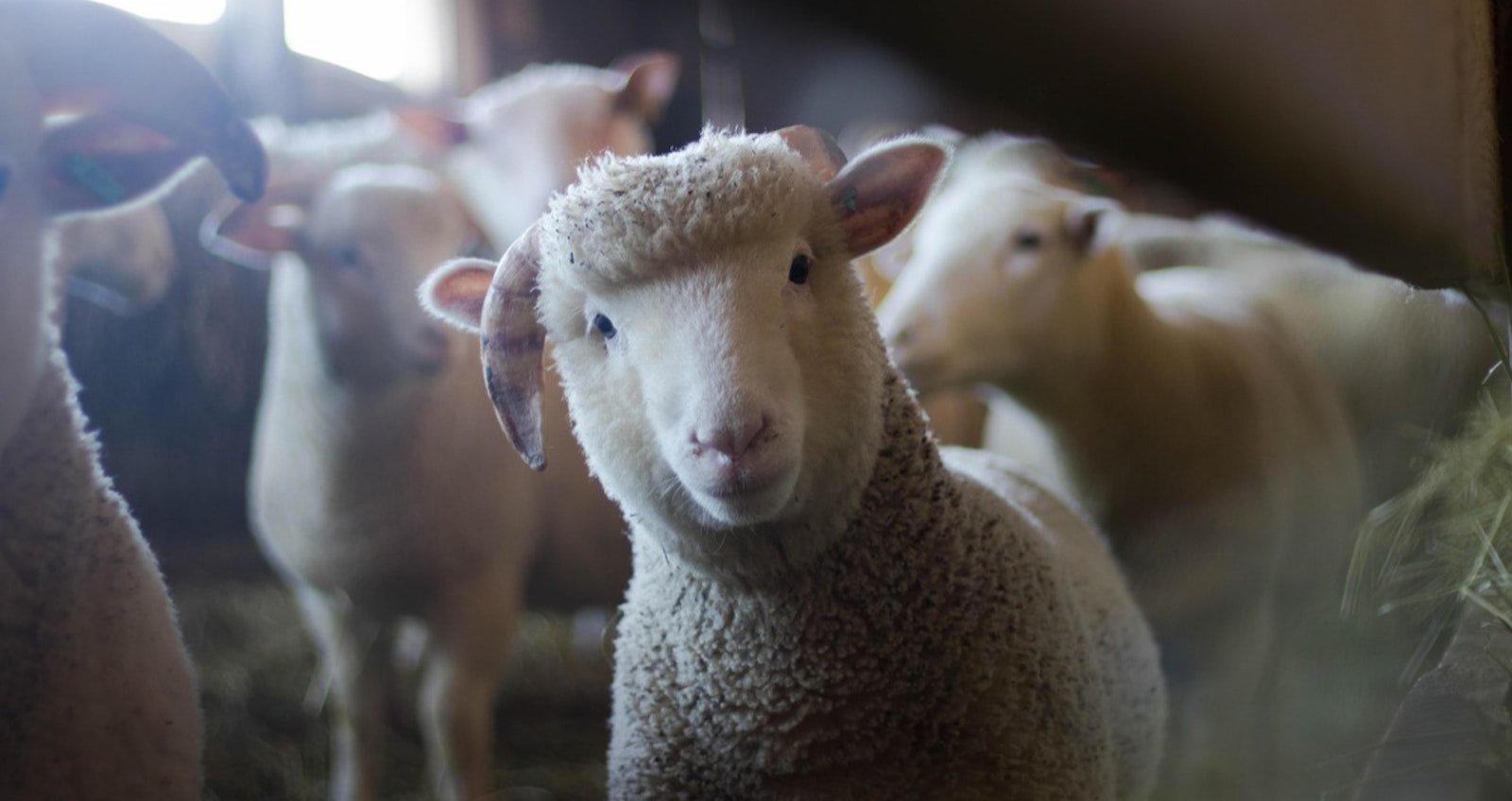In the summer of 1996, when I should have been doing research for my dissertation in medieval European history, temptation knocked on my door. Instead of resisting, I opened the door and welcomed temptation with a big sloppy kiss. That was the first step toward building my giant yarn stash.
Why spinning? A high school home economics class in 1981 taught me to sew, and I soon realized that I could make high-quality clothing that fit me well, all while saving money. (At least, that’s what I told my dad every time I conned him into a trip to the fabric store—“Look how much money I’m saving you!” We still laugh about that.) By 1985, I’d taken up knitting, but this new hobby wasn’t cheap: even as a beginner, I preferred high-quality yarns. On my college student budget, a price tag of even $50 for a single garment was much too high. Yet knitting had become a passion: it eased my stress, gave me a creative outlet, and added to my understanding of clothing construction. Best of all, I didn’t have to lug around a sewing machine and a roomful of tailoring equipment. When I went to grad school, my clothing budget again took a hit, but I needed knitting more than ever to combat stress.
So on that fateful day in 1996, when I wanted to get out of the apartment anyway, I decided to drive to a fiber and yarn shop only thirty miles away. The wonderful proprietors of the Village Spinning and Weaving Shop in Solvang, California, whispered sweet nothings into my ear: “Look, you can buy a pound of Targhee wool for under $20! We’ll show you how to do it. This drop spindle kit is a great way to start.” I quickly convinced myself that if I began spinning my own yarn, I’d save thousands, if not millions, on my knitting habit. (Stepping away here for ten minutes of maniacal laughter. Feel free to join in, if my rationalizations sound familiar.)
Okay, I’m back, though I’m still wiping away tears from my laughing jag. My friendly dealers in Solvang showed me the basics and I was soon whiling away the hours with a borrowed wheel (on my grad-student budget, I had to save up until I could buy my own). My studio now houses four wheels, an e-spinner, a wool picker, a drum carder, hand cards, a blending board, and two large bins full of dyeing materials. And that’s just the equipment. There’s also a closet full of fiber waiting to be spun and handspun waiting to be knitted up. See how much money I’ve saved!?
It soon became apparent that spinning, like knitting, offered stress relief, a creative outlet, and a way to add more yarn (and eventually clothing) into my life. But even more importantly, spinning allowed me total control over my materials—something that all artists want, or so I’ve been told. I dove headlong into the intricacies of dyeing, fiber prep, and sheep breeds so that I could exert that control. In that summer of 1996, I practiced my feeble spinning skills by making mittens for my family: selecting the fiber, spinning and dyeing the yarn, then knitting it into appropriate patterns for each recipient. My twelve-year-old brother got bright blue mittens with doggie paw prints on them, while another brother wore his mittens on bike trips in Virginia winters. A sister-in-law still talks about the Norwegian star mittens, knitted in burgundy and cream, that she got that Christmas. My then-boyfriend’s father merited special waterproof mittens: I spun in the grease, knitted the mittens, and then boiled the finished items for extra protection. (That project took two tries; I scorched the first batch.) It was a glorious learning experience for a new spinner. The most important lesson: photograph my work before giving it away!
Over the past twenty years I’ve done a lot of spinning for knitting, and I thought it would be fun and potentially useful to re-analyze some of my projects. I’ll talk about the fiber prep and spinning side, the dyeing side (if applicable), and then the knitting side. You’ll see that, even when my choices didn’t turn out the way I’d planned, sometimes my mistakes led to better results. Plus, I always learned something new and made better choices on the next project. Join me in my Closet Full of Sheep, a new column I’ll be writing with handspinners in mind.
If you’re a knitter ready to learn to spin, get started with Kate Larson in her video Beginning Spinning on a Wheel. And if you’re a spinner ready to knit sweaters with your handspun yarn, Ann Budd’s The Knitter’s Handy Book of Sweater Patterns is a great resource for simple sweater patterns that you build based on your own gauge and body measurements. For those already rooted in both spinning and knitting, check out our new special issue, Spin + Knit.
Let’s get started! Deb

